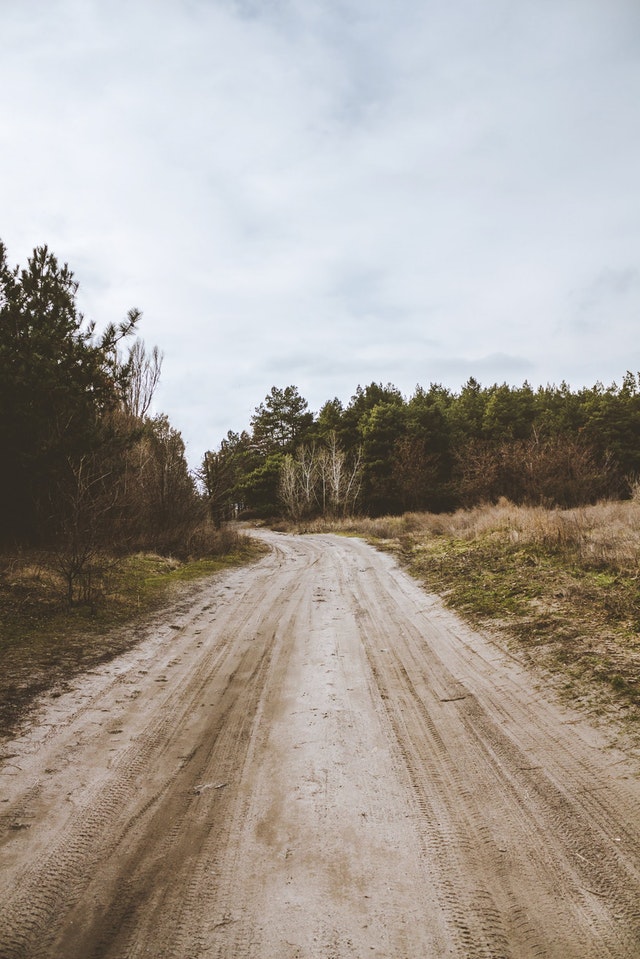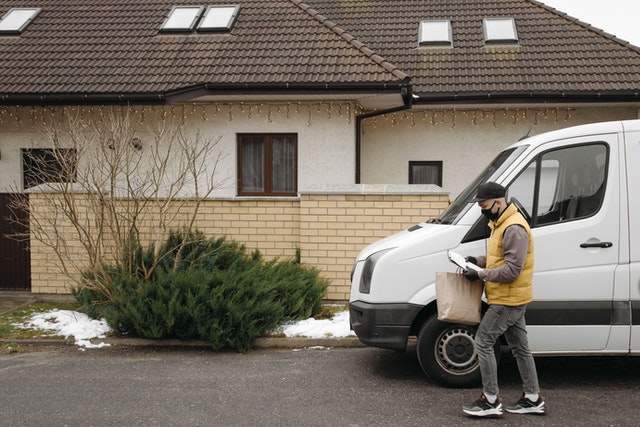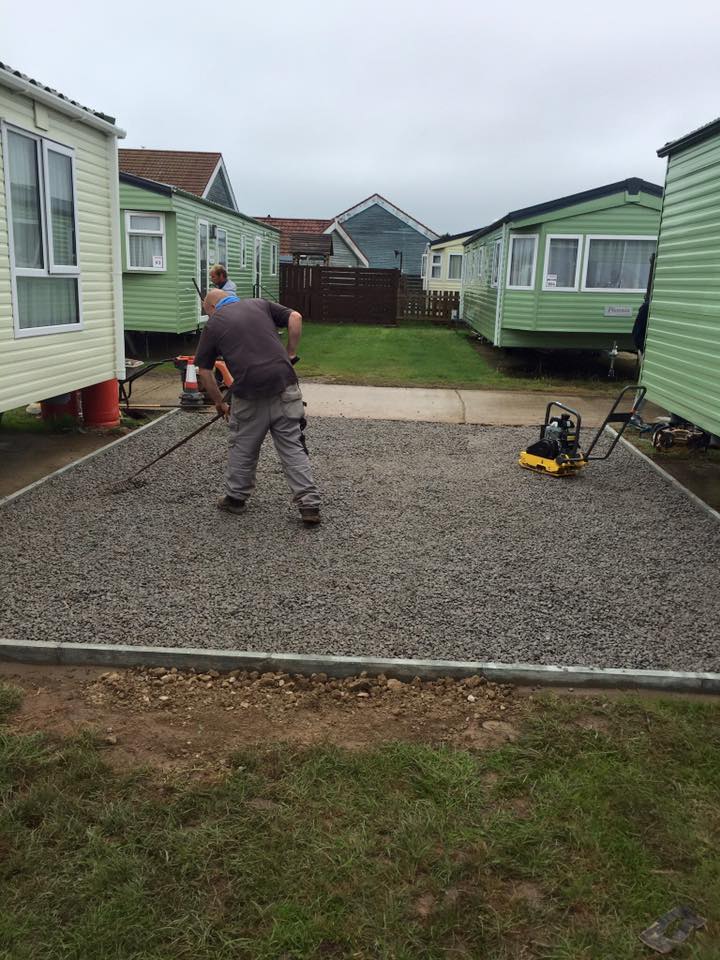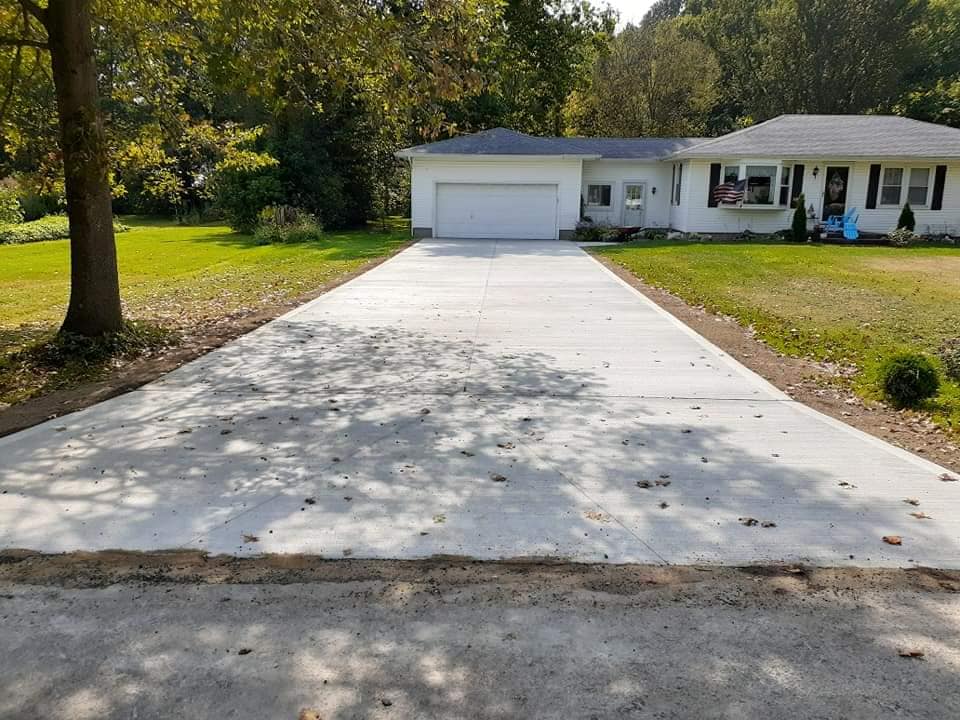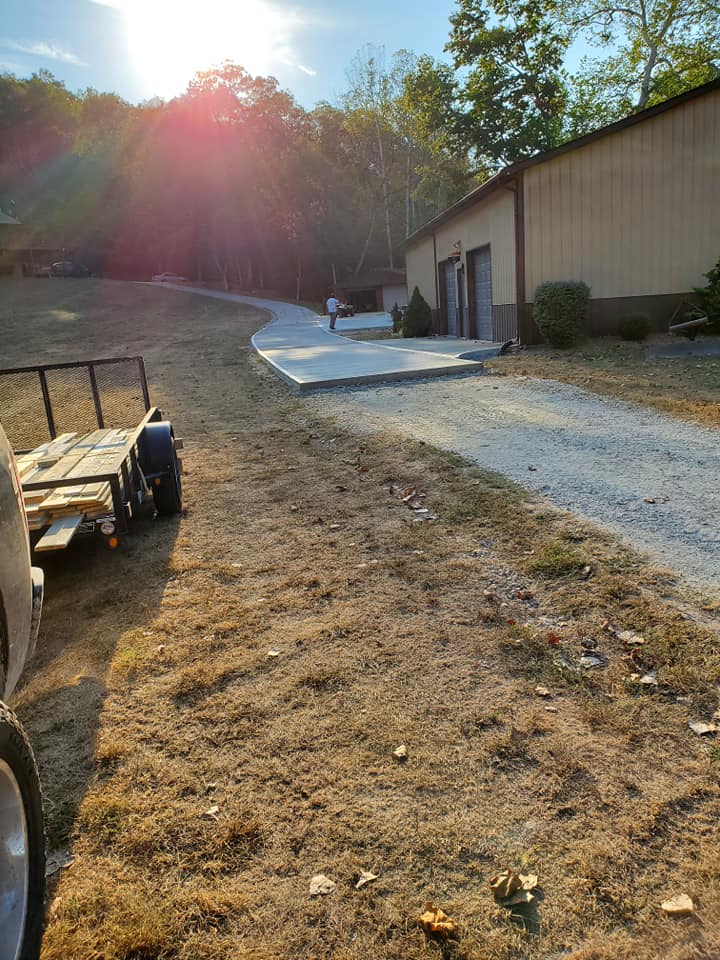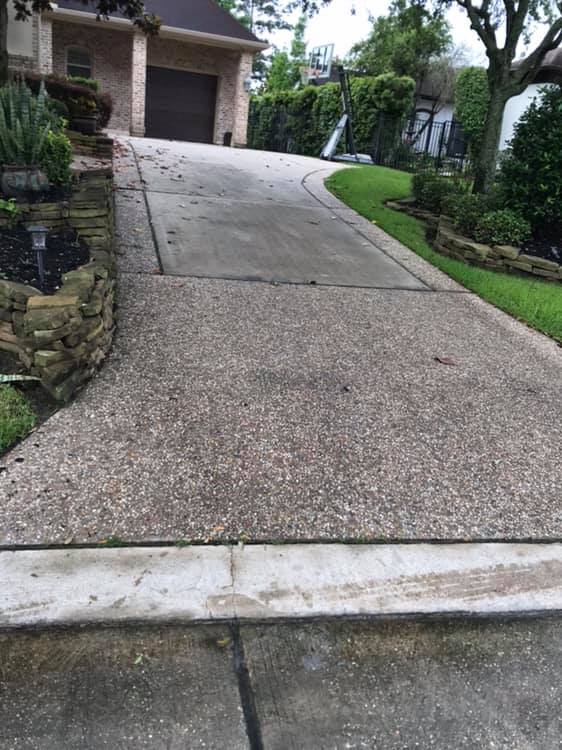Essential Calculations
Do your math first, especially if using found or reclaimed materials. Calculate roughly the size of each area to be filled with each different material so that you don’t run out before the design is finished.
For The Best Results
- Ensure that walking surfaces are even and nonslip, keeping less regular, high-definition textures to the margins of an area.
- When using irregularly shaped units of different depths, adjust the depth at which each unit is bedded to create level surfaces.
- Use the aged, mellow appearance of reclaimed materials to introduce informality scamlessly into established areas at relatively low cost.
You Need Materials:
- Paving materials: paving slabs and granite setts
- Sharp sand for a 3in/8cm covering of base area
- Cobblestones to edge
- Mortar mix to bed cobblestones
Tools
- Spade
- Wooden post
- Rake
- Trowel
- Level
- Maul
- Brush
- Bucket
